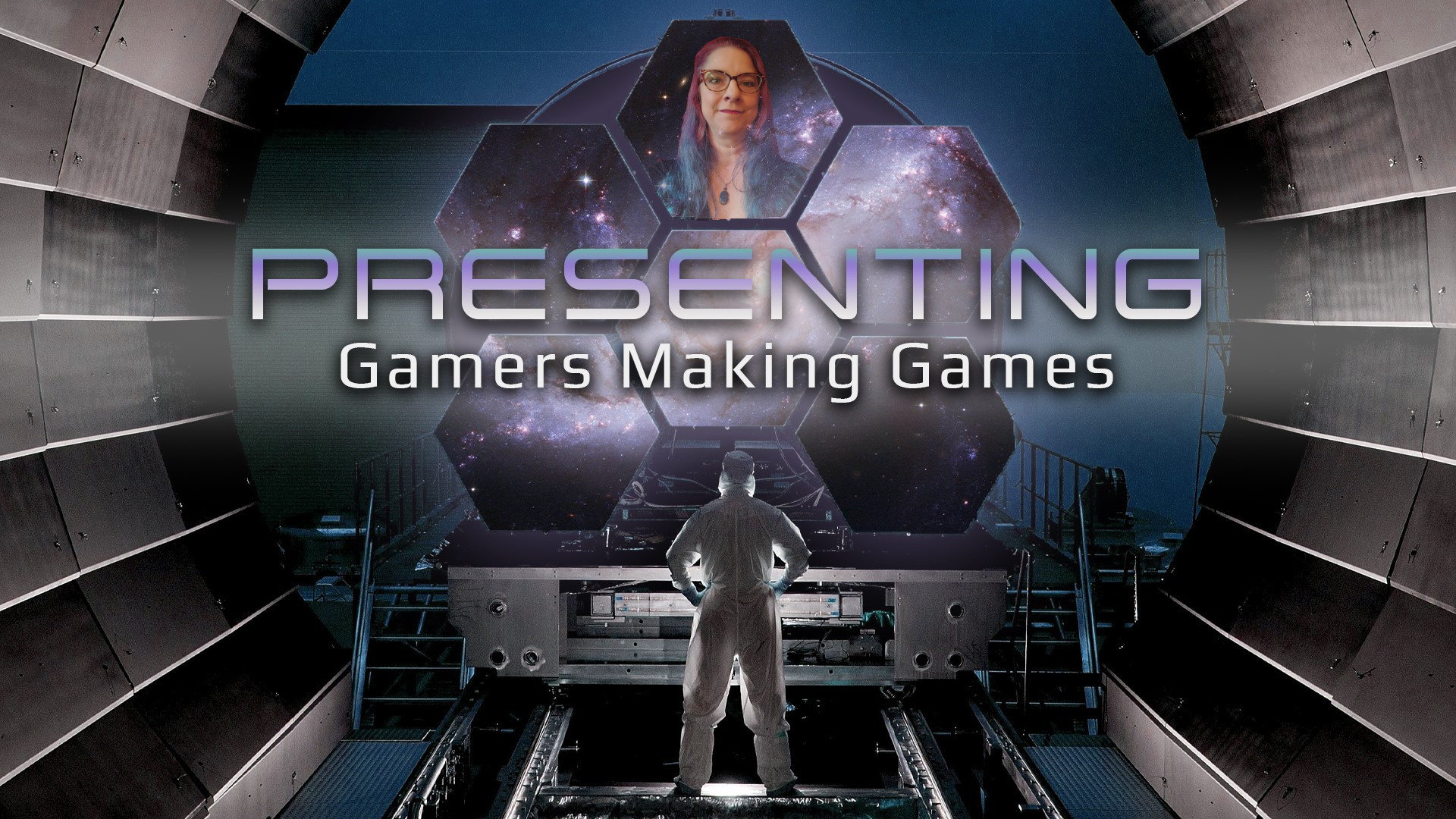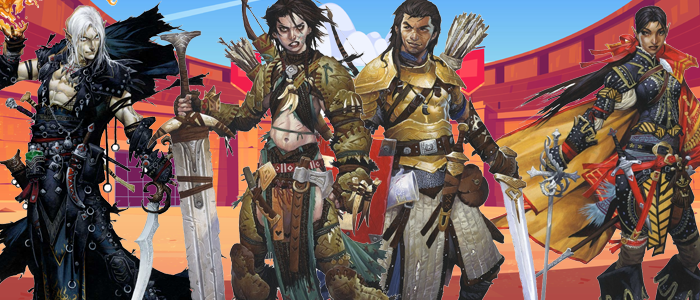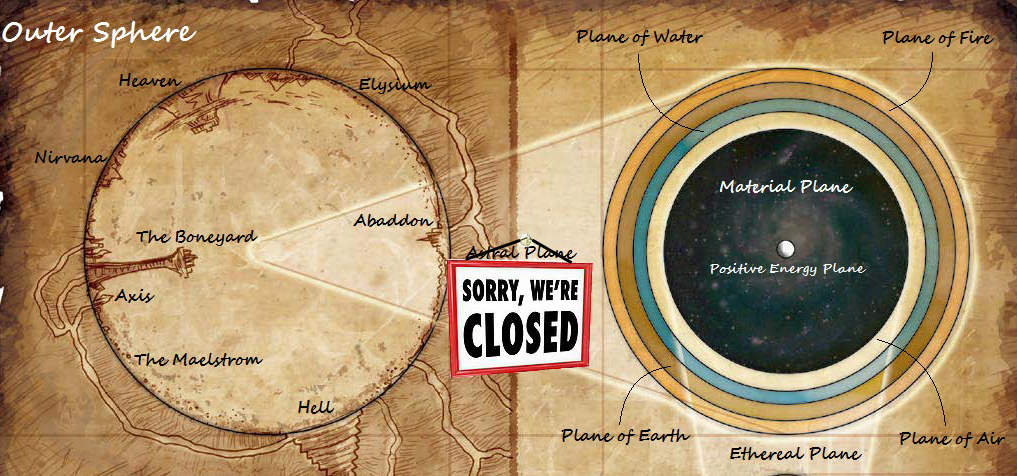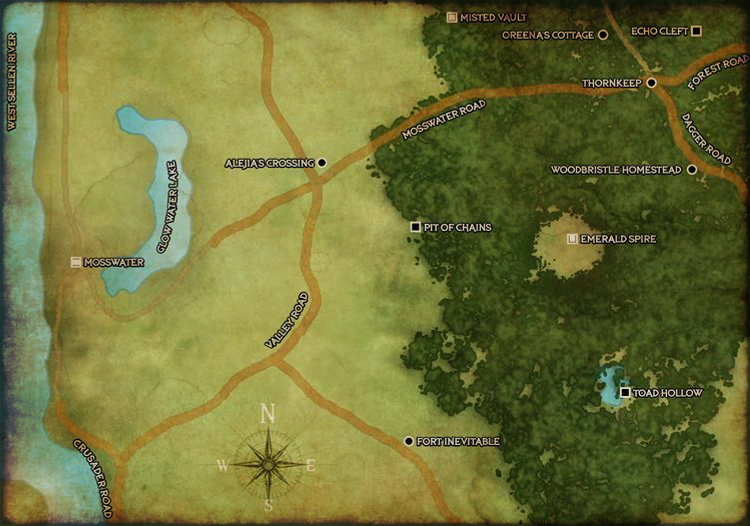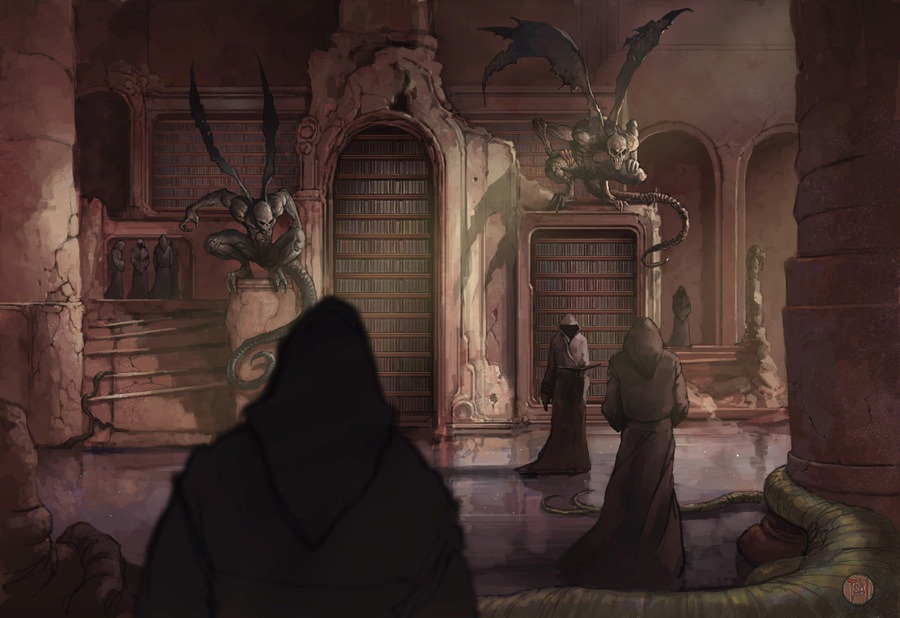I had the chance to run a game for the Know Direction Adventurous crew recently – you can see these episodes dropping in the next weeks. We played a scenario that I wrote for Pathfinder Society Organized Play campaign called “The Maid of Anactoria” (PFS2 #2-17), which is set in a small village in Ustalav. None of the players had previously played it, and it was the first time I had run it outside the PFS system. This meant that I could change things as necessary to suit the players and their pre-existing campaign. To make it work, I turned to the lore of Golarion, and wound up taking a single adventure much farther than I ever intended.
Jumping Onto a Moving Train
As long-time listeners to Adventurous know, the PCs (played by Ryan Costello, Jefferson Jay Thacker, Vanessa Hoskins, Jason Keely, and Loren Sieg) were playing the First Edition adventure path “War for the Crown”, and had gotten to 6th level when the campaign went on hiatus. The first order of business was for the players to convert their characters to the second edition rules. I got to see the various build options and ideas they considered, and found it really interesting to watch the choices they made. Ultimately, some characters converted fairly similarly, while others wound up as different classes with multiclass dedication feats in order to capture the flavor of the old PC without a strict transliteration. This was a reminder to me that the rules are really there to serve the story, and not an end-all, be-all. In the end, each characters lore determined what their stat block looked like afterwards. After the adventure there will probably be some tweaks to make things feel even more authentic to the characters as they existed before.
My next step as GM was, how do we get the PCs from Taldor to Ustalav, and what happened in between? After some back and forth, we decided that the events of the “War of the Crown” adventure path must have played out (as they are baked into the 2E setting now), but that the PCs had left the action and didn’t take part in the final events (which is why they were only 6th level). We left the details vague enough for each player to imagine their own path from Taldor to Ustalav, where we agreed that the PCs would gather 6 months after their previous game session for a reunion of sorts. Due to time we didn’t fully flesh this journey out, but each player came up with their own summary of what they did in the intervening time.
Finally, I needed a way to involve the PCs in a Pathfinder Society story, without any of them having any connection to the Pathfinder Society! I decided to leave the Society out of this completely, and instead sent the PCs a letter from a mysterious patron known only as “D”, who praised their behind-the-scenes work in Taldor. “D” claimed to represent a group with interests in Ustalav, who essentially hired the PCs to investigate the scenario. Pretty straight-forward, and it got us into the scenario which was a great time – I can’t wait for people to hear it!
Then What?
Really, that’s all the work that was strictly “required” to run the adventure. However, it left me with a lot of unanswered questions and plot hooks that kept me thinking. Who was the mysterious “D”, and how did they know about the PCs? What organization did “D” represent, and how far-reaching was it, if it had interests in both Taldor and Ustalav? What was the cause of some of the disparate events in the published scenario, many of which hint an some big pieces moving behind the scenes? What were those <redacted> doing so far from their likely origin, and what were they looking for? What caused the <redacted> to animate, and was it related? And finally, who did <redacted> really work for?
So, I started writing. Using the current events as described in the Lost Omens World Guide, as well as the previous state of affairs in First Edition books like the Ustalav sourcebook Rule of Fear, I created the organization and the mysterious patron “D”, complete with their motivations and goals. I had to figure out what “D” interests in Taldor and Ustalav could be, and where else that might lead. I had to figure out what the backstory was behind some of the NPCs in the scenario (luckily, I had a bunch of this to draw on from the material that never made it into the published version due to word count limitations). Along the way I designed a couple of new monster templates, some player options and archetypes, and an updated gazetteer of southern Ustalav. Ustalav’s capital of Caliphas got some development as well, and I outlined a fairly large set-piece encounter area that I’m now busily developing. I pretty much took the PFS scenario I wrote before, and developed it into a full module or short adventure path based solely on the existing lore and the backstory of my PCs.
Will I use this material for future games with the Adventurous crew? Time will tell. But that wasn’t the only reason I did it. I love Golarion’s lore, and the challenge of fitting my own stories into its history and setting seamlessly so that it all fits together like a giant jigsaw puzzle. No one has the full picture, and we can all create our own pieces of the puzzle. Now, with the Pathfinder Infinite license, we even have a venue for sharing this material and letting other designers add to it as well.
The Backstory IS the Story
I probably could have skipped all of this and just run the scenario as-is for the group, and it would have been fine. This group (and many other groups out there) was in a continuing campaign, though, and part of that is the personal character arcs and the interplay between the PCs that develops organically through shared storytelling. If your players have a backstory, incorporate it when you can (and not just by kidnapping every relative or friend they tell you about!) and you will encourage your players to help you develop the setting and the lore of your world, whether you’re in Golarion or somewhere else.


